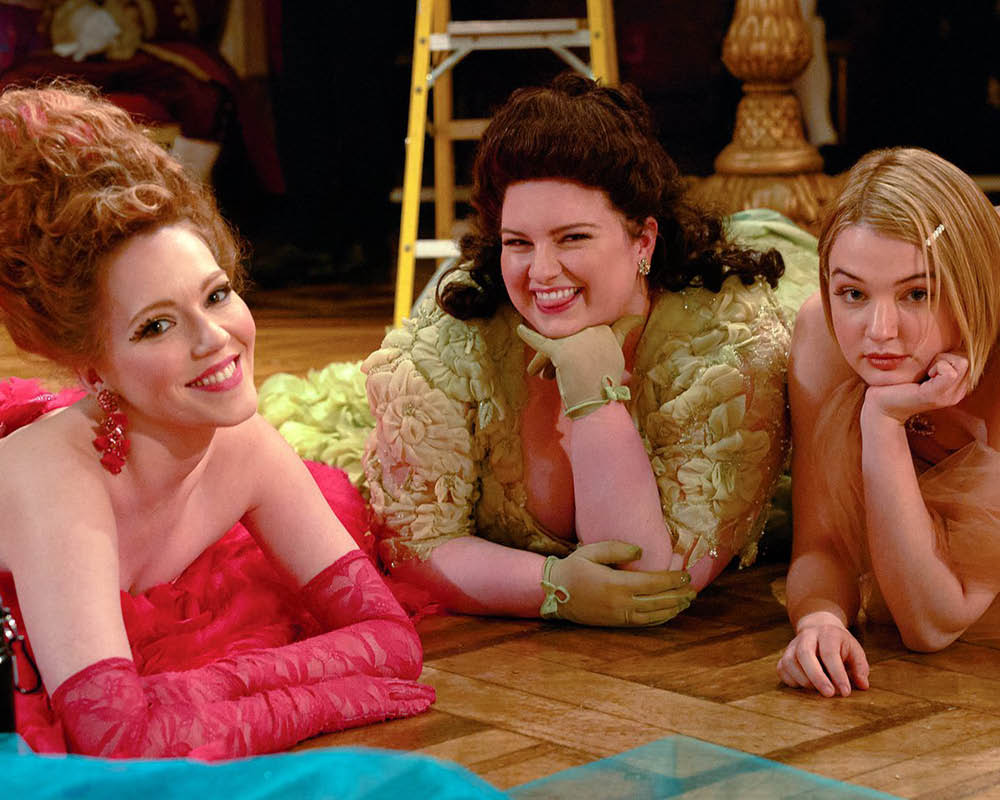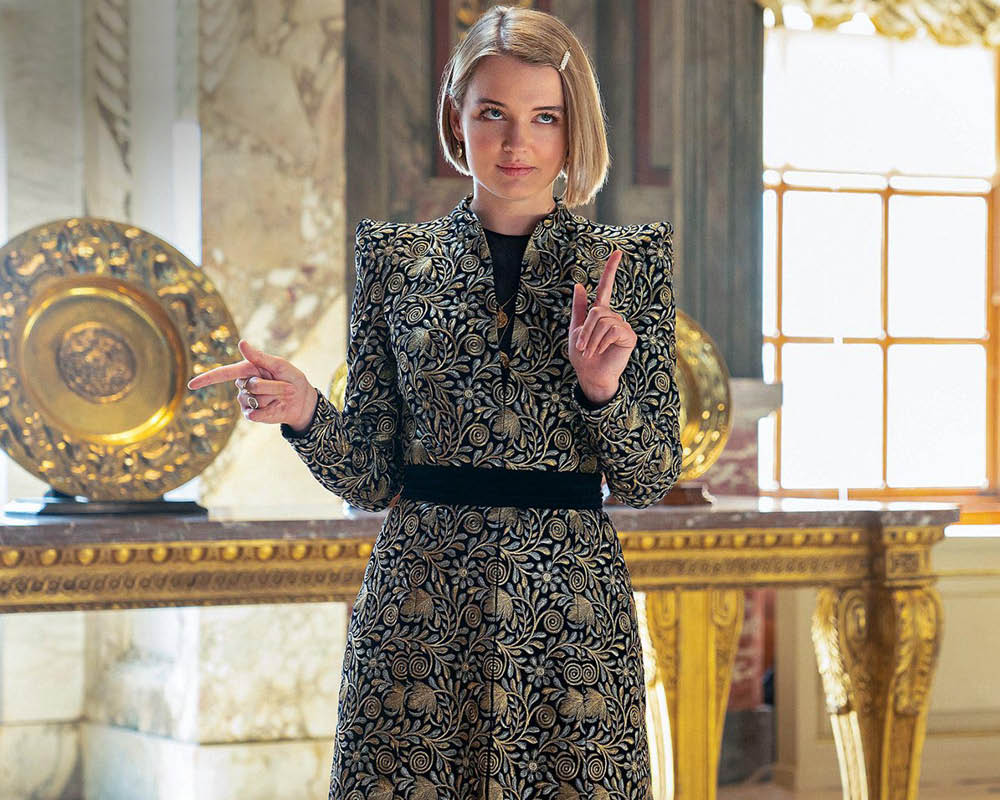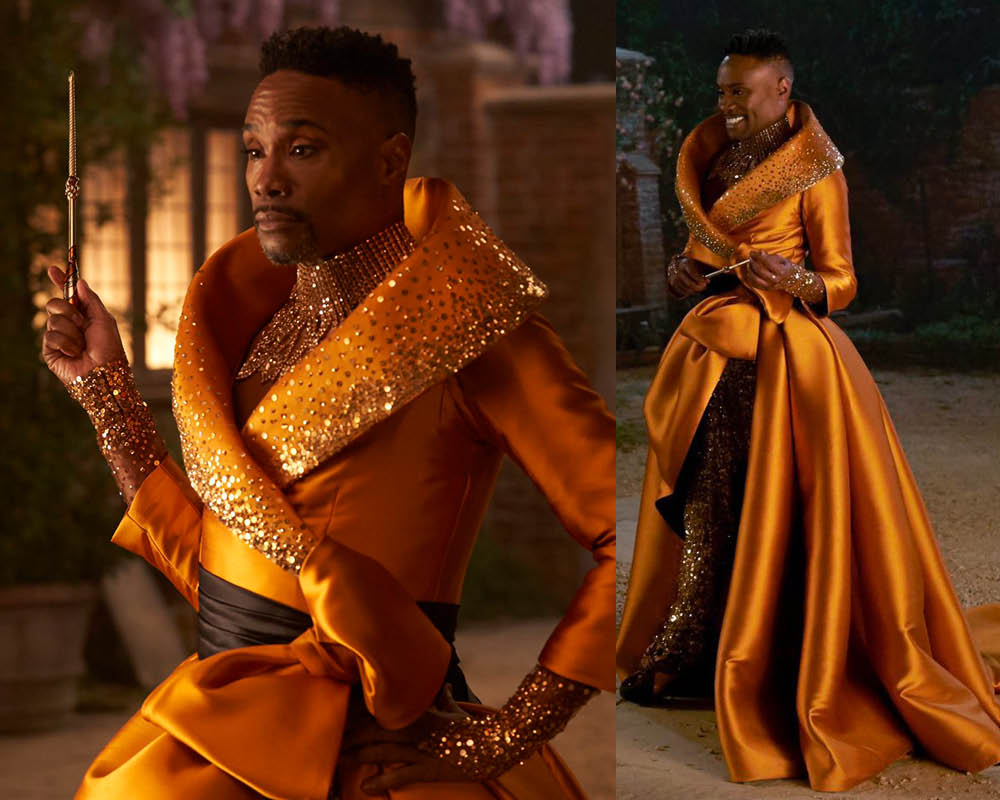*This article has major spoilers for the movie, Cinderella (2021)
Can you remember exactly how many Cinderella renditions you’ve seen in your life? Let’s try counting some. First, there was the fairy tale every girl is fed during childhood (you know, the one we have to because we’re girls, and marrying up is so cool and important), with illustrations showing a Caucasian prince and a blonde beauty falling in love and getting their “happily ever after” with the help of a matronly fairy godmother. Then comes a whole spate of movies we might have seen growing up, ranging from the Hillary Duff starrer A Cinderella Story (2004) to Kenneth Branagh’s stunning Cinderella (2015), starring Lily James and Richard Madden.
And now, there’s a new one to deal with in the form of Cinderella (2021), starring Camila Cabello, the singer-songwriter who’s made you reminisce about Havana even if you’ve never been there. Directed by Kay Cannon, this one is a musical with a brilliant ensemble cast: Idina Menzel, Pierce Brosnan, Billy Porter, Nicholas Galitzine, Tallulah Greive, Minnie Driver, and even James Corden. Available on Amazon Prime Video, this movie has received mixed reviews, with some critics appreciating the “feminist makeover” the classic fairy tale received, while others rolling their eyes at the flat performances and simplistic narrative.

The fact is, every reviewer in the world will give you a different take on a movie or television show, because reviews (believe it or not) are highly subjective. Knowing the reviewer is perhaps the best way to understand if their take on a movie will resonate with yours. So, here goes…
Anachronistic and full of loopholes
For this reviewer—who is a woman, a feminist, a fan of fantasy fiction in all its forms, a binge-watcher who needs a good movie or show to unwind with every day, and a writer as well as a researcher—Cinderella was highly anachronistic. Sure, Bridgerton had all of us swooning (mostly over Rege-Jean Page), but not every story with an ethnically mixed cast sends the same message across. A white royal family ruling over masses of townsfolk who represent almost all races on planet Earth is simply jarring at certain points, and so reminiscent of imperialism and colonialism that it’s neither funny nor progressive.
Then there’s the rampant use of modern pop hits we all love in what is clearly a Renaissance-esque setting. The townsfolk sing Janet Jackson’s Rhythm Nation at the very opening, a song that can get everybody to unite in protest of injustices. The very next moment, the townsfolk go back to being orthodox, patriarchal people who sneer at any woman who wants to sell products at the marketplace, with shop fronts proudly announcing the fact that they all have male heirs. Idina Menzel, who asked us all to Let It Go just a few movies back, belts out Madonna’s Material Girl to convince her daughters that they just have to marry a rich fellow to make it in life. Clearly not the message you want to send across through a “progressive” movie?

And then there’s the way the men in the movie change their stance within the span of a single movie. Galitzine’s Prince Robert, as a smart princess says in his introductory scene, is “not working with much upstairs”. But a few scenes with the spunky and entrepreneurial Ella make him realise his privilege and he transforms into that supportive partner we all need in life. And why didn’t the presence of a brilliant mother and sister, who are both trying to subvert the system and assert their own voices, teach him this before he met Ella? Similarly, Brosnan’s King Rowan only realises the value of Queen Beatrice and Princess Gwen at the end of the movie, just so we can get that picture of a happy ending. But have you ever known a lifelong chauvinist father-figure switch to “feminism mode” overnight, especially after getting a dressing down from a wife they’ve undermined all their adult life?
The women who got their voice
And that’s when it hit this reviewer: Princess Gwen? Queen Beatrice? Who are these women? We’ve never seen these women clearly represented in any Cinderella adaptation, ever, have we? This is precisely where this version of Cinderella stands out. Sure, these characters aren’t as fleshed out as Ella herself, but at least their presence is recognised beyond simple decorations in a grand ball scene. The fact that Princess Gwen is announced as the heir-apparent at the end of the movie, instead of the charming Prince Robert, does scream “progressive”. And so does the fact that Queen Beatrice gets her moment to outshine her royal husband in front of the public.

The spin given to Ella herself, who wants to create dresses and sell them under her own name, is quite the breath of fresh air. But what is perhaps most remarkable is the fact that, for the first time, the “evil stepsisters” aren’t that evil, and the “evil stepmother” has a redemptive arc. Vivian, played beautifully by Menzel, is quite aware of the fact that her daughters are spoilt and even tries to teach them housework to match up to Ella. By the end of the movie, she’s revealed to be a woman who was forced to swallow her pride, give up her talents, and adhere to patriarchal norms to be able to survive—and that’s actually the story of so many mothers we know, isn’t it? Again, it’s the fact that this character wasn’t that well fleshed out that turns into a negative for this movie.
Another critical factor that helps this movie is the presence of a genderqueer Fabulous Godmother instead of a matronly, middle-aged woman who whips up a dress and a pair of glass slippers out of thin air. No, Porter’s Fab G has a little backstory as a butterfly nurtured by the lead character, and uses one of Ella’s own designs to create the ball dress—though we do wish they had given Ella more comfortable shoes. Clearly, the intention of being progressive is there throughout the movie, with everything from self-esteem issues to the entrepreneurial fervour of the women being highlighted.

We still have a long way to go…
So, as a well-formed adult watching Cinderella, you may not think this movie is doing enough on the acting front, or even where dialogues are concerned. But the presence of somewhat fleshed out, ambitious, and often rebellious women characters ensures that this movie passes the Bechdel test. And, imagine watching this movie as a girl child instead of the other versions of Cinderella. The fact that it ultimately sends out the message that marrying a rich and handsome prince isn’t the end-all of our life does re-imagine the fairy tale trope in a more progressive manner.
For this reviewer, personally, the most progressive Cinderella story, ever, was the one written by Terry Pratchett in his Discworld book, Witches Abroad. In that story, not only was Emberella (who had ember stains instead of cinder stains) announced as the just and able ruler of the kingdom at the end, but also, every female character from fairy tales—from witches and fairy godmothers to tavern owners and cooks in the royal kitchen—was re-imagined. That sort of an overhaul is perhaps not that easily accomplished by screenwriters creating a movie that’s a mere 112 minutes long, but the fact that the 2021 version of Cinderella at least tried to do it is appreciable indeed.